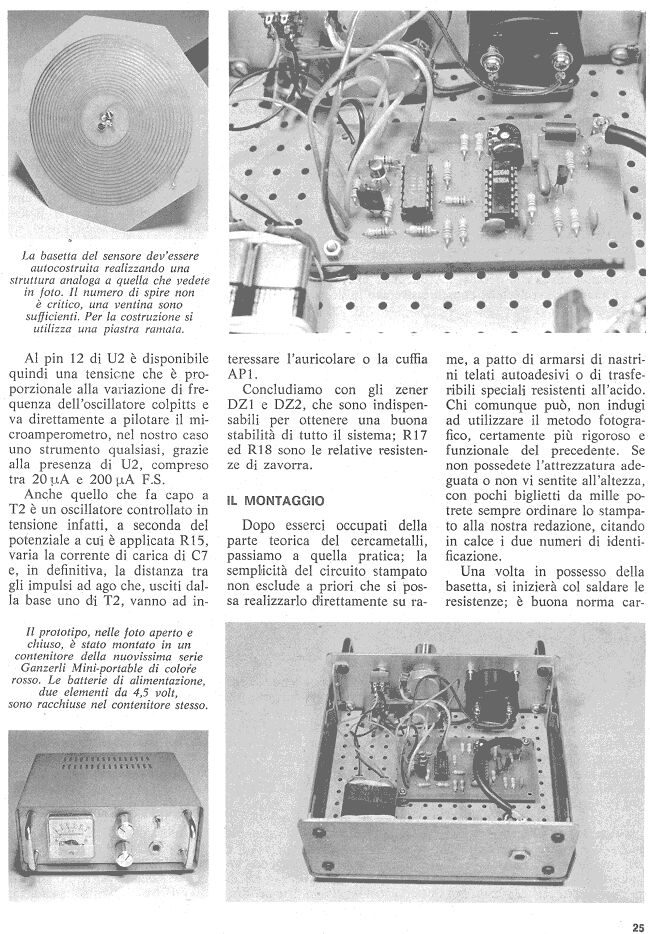Friends,
My son Matthew (16) said that there must be a metal detector principle that nobody has ever yet thought of. I did a simple electronic design recently (nothing to do with metal detecting) that filled a room with electromagnetic waves (just half a Watt). Then, when anybody entered the room, their body was "energised", and a coil picked up their presence. We tested it on a cat, too, and it worked just as well. Now supposing one were to insert probes into the ground, and "energise" all metal items in the ground within a demarcated area? A kind of pulse induction without the pulses? This might be a witless idea, but you might have some thoughts...
Thomas.
My son Matthew (16) said that there must be a metal detector principle that nobody has ever yet thought of. I did a simple electronic design recently (nothing to do with metal detecting) that filled a room with electromagnetic waves (just half a Watt). Then, when anybody entered the room, their body was "energised", and a coil picked up their presence. We tested it on a cat, too, and it worked just as well. Now supposing one were to insert probes into the ground, and "energise" all metal items in the ground within a demarcated area? A kind of pulse induction without the pulses? This might be a witless idea, but you might have some thoughts...
Thomas.


Comment